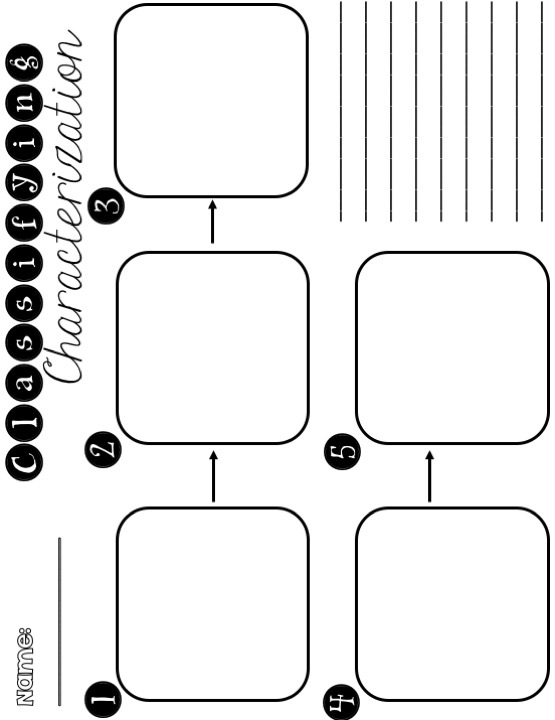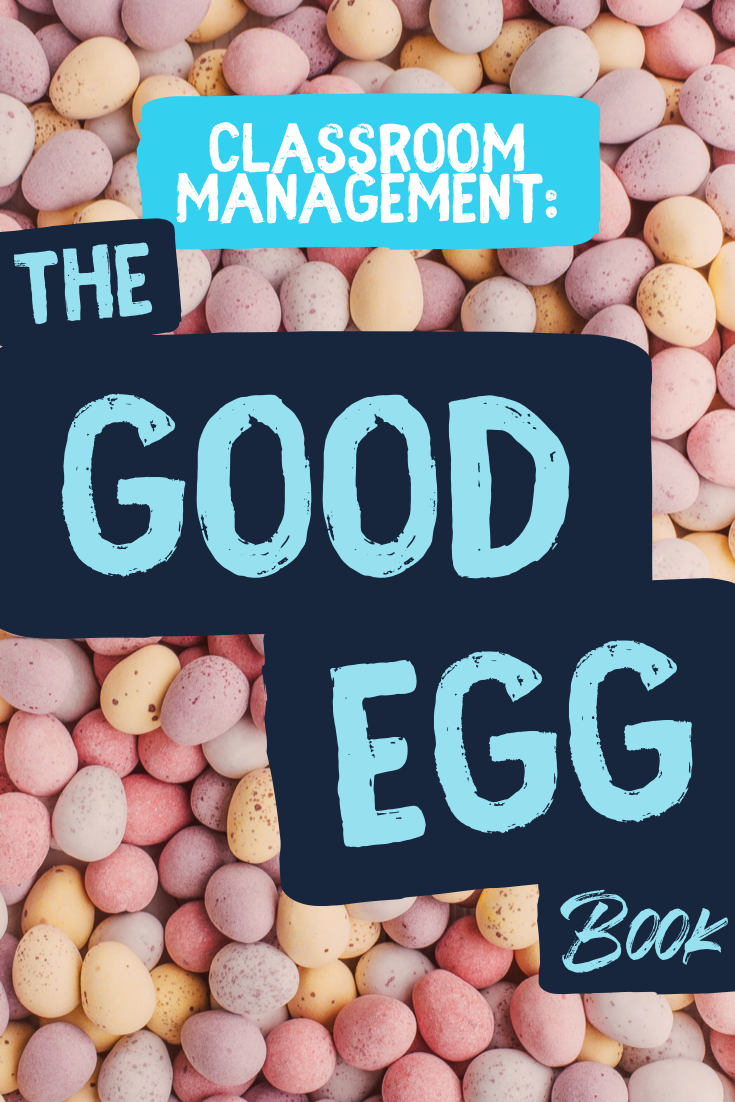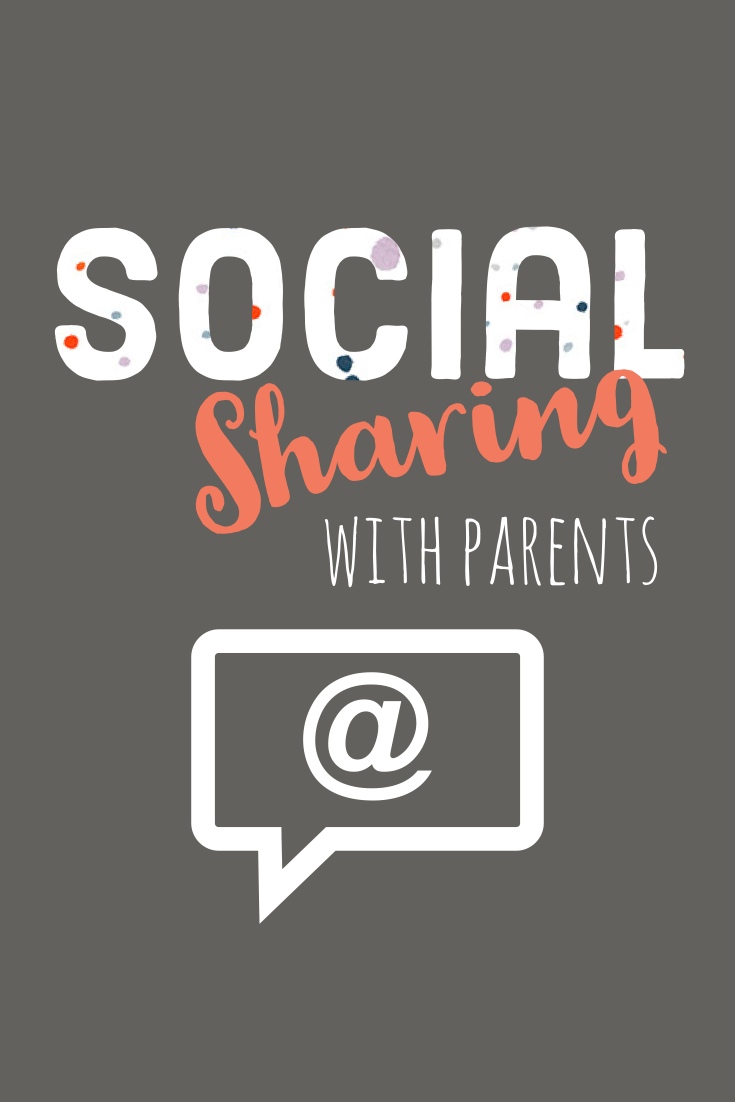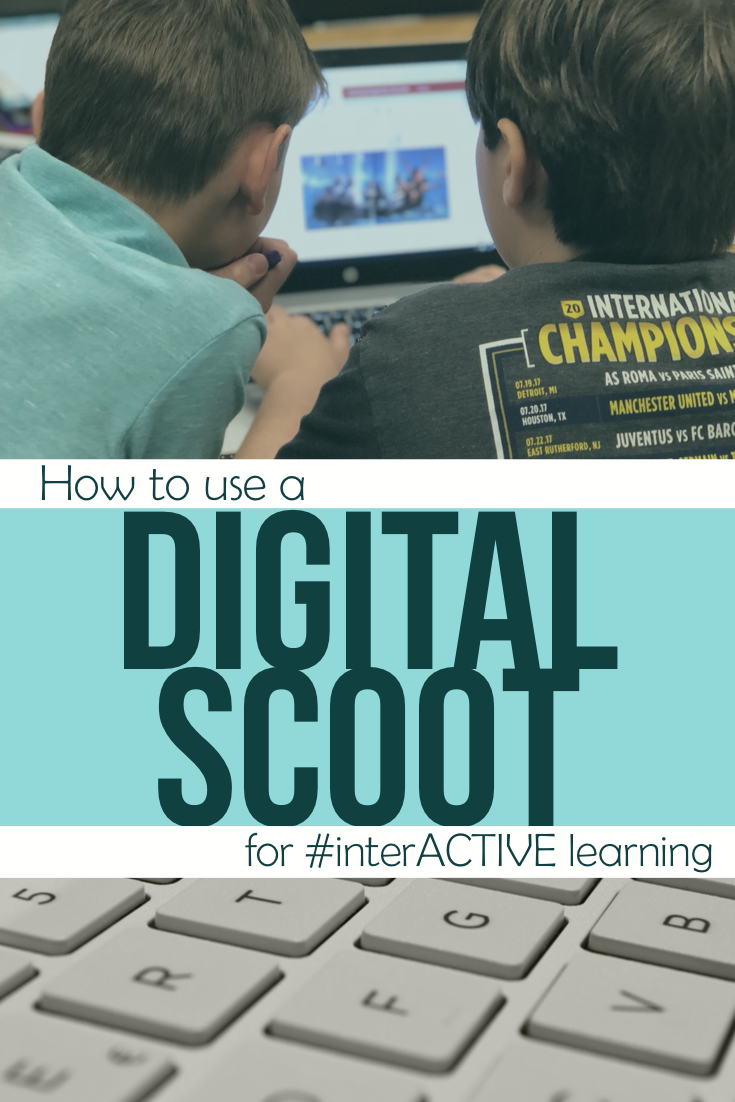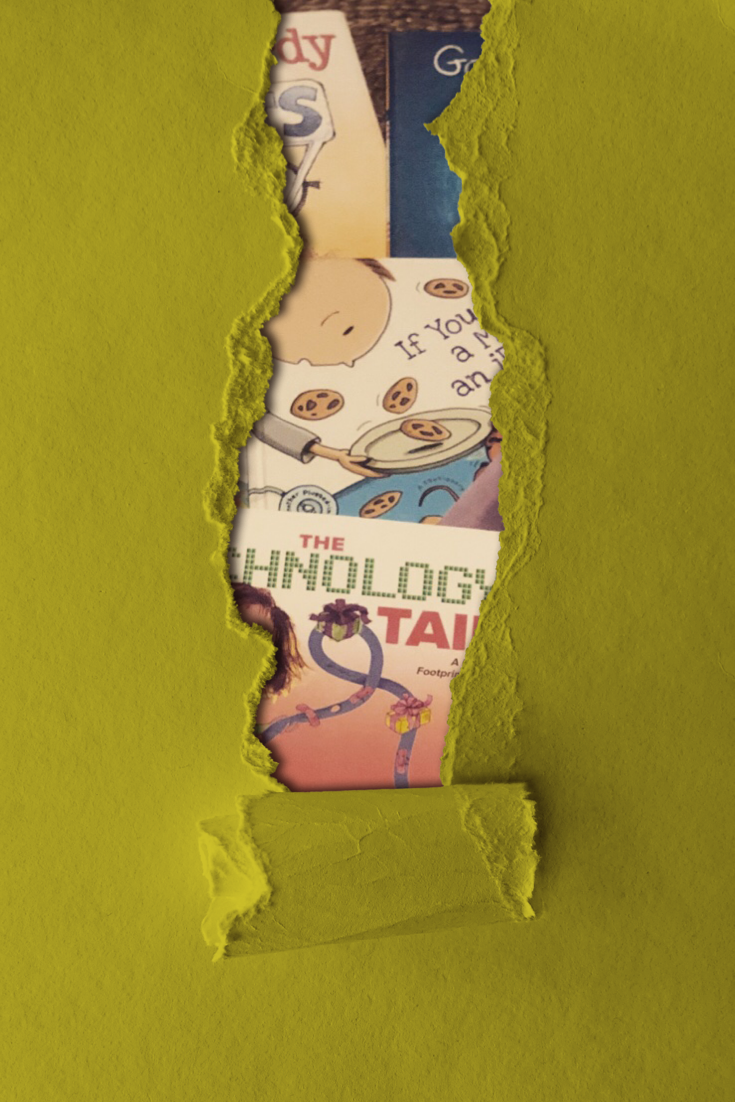We’re putting an EDU spin on the series originally by Amoeba Records! In “What’s in the Bag EDU,” educators share tools that they’re using in their classrooms. When possible, we’ll provide links to purchase the items discussed, just below the videos. Today, we welcome Amy Storer, or @techamys, from Montgomery, TX!
"What's in the Bag EDU?" (Episode 6: Kathrina Mendez, @kathrina_mendez)
We’re putting an EDU spin on the series originally by Amoeba Records! In “What’s in the Bag EDU,” educators share tools that they’re using in their classrooms. When possible, we’ll provide links to purchase the items discussed, just below the videos. Today, we welcome Kathrina Mendez, or @kathrina_mendez, from San Diego, CA!
Analog Analyzation
Technology is an awesome resource that we have at our fingertips. It creates accountability, gives accessibility and can foster creativity. But technology isn’t a bandaid that should be used to fix a lesson. It also isn’t something that your lesson should morph around in order to incorporated. As we always say, start with your content and then see if there are ways to foster more voice, involvement and creativity using technology.
Flipgrid and Wakelet Integration!
"What's in the Bag EDU?" (Episode 5: Jeni Long and Sallee Clark, @Jenallee1
We’re putting an EDU spin on the series originally by Amoeba Records! In “What’s in the Bag EDU,” educators share tools that they’re using in their classrooms. When possible, we’ll provide links to purchase the items discussed, just below the videos. Today, we welcome Jeni Long and Sallee Clark or @Jenallee, from Fort Worth, TX!!
Roll Your Way to More #interACTIVE Lessons
"What's in the Bag EDU?" (Episode 4: Karie Frauenhoffer, @legitkfrauey)
We’re putting an EDU spin on the series originally by Amoeba Records! In “What’s in the Bag EDU,” educators share tools that they’re using in their classrooms. When possible, we’ll provide links to purchase the items discussed, just below the videos. Today, we welcome Karie Frauenhoffer, or @LegitKFrauey, from Kernersville, NC!
Classroom Management for the Beginning of the Year: "The Good Egg"
"What's in the Bag EDU?" (Episode 3: Amber Hinkel, @Hinkels_Hangout)
We’re putting an EDU spin on the series originally by Amoeba Records! In “What’s in the Bag EDU,” educators share tools that they’re using in their classrooms. When possible, we’ll provide links to purchase the items discussed, just below the videos. Today, we welcome Amber Hinkel, or @Hinkels_Hangout, from Naples, FL!
Social Media Sharing
"What's in the Bag EDU?" (Episode 2: Andy Knueven, @MrCoachK15)
“What’s in the Bag EDU?” (Episode 1: Joe Merrill, @MrMerrillsClass)
What's In My Cart.....at IKEA!
We challenge ourselves to try and find things we could not only use in our classroom, but to find things we could use differently than they were designed and marketed for. We often get questions about what we go for so we thought we would put a post together about some of of favorite finds from IKEA!
"In the Know" at ISTE
"Scooting" Through the End of the Year
When EdTech Meets Children's Lit
Maybe one of the main reasons why I love using picture books in the class is because they are responsive—they are a result of people’s reactions to the world around us. Picture books help me pivot. They help me change up what I am doing to connect with and meet the needs of the students I currently have in the classroom.
Number Talks in Microsoft’s Teams
Starting Slow
We as teachers need to make sure we are doing our students a favor by teaching them the right way to use the tools in the most meaningful and effective ways. Throwing tips and tricks at them in an unorganized manner, or failing to fill in the gaps they may have will only lead to more misconceptions and bigger problems for students down the road.
Memes For Themes
Tracing Character Emotions with Text Messages!
What if you could bring characters to life by generating a text message thread between them? Now, you can!
First, we read the story, “Stand Tall Molly Lou Melon.” After we read the story, the students had to think back to various points in the text to determine how the main character (Molly Lou) was feeling. To do this, we used a “Bubble Map,” which is used to record adjectives. But, I also wanted them to focus on the emotions at different times in the story. So, we combined the bubble map, with a “Flow Map.” Smashing these two together gave us a “Blow Map!”
Using their “Blow Map,” we went through the story describing Molly’s emotions. I expected this to be challenging, so I was prepared to allow the kids to give me both adjectives and emojis - which they could then talk through to come up with an adjective. To help differentiate, I put the Blow Map on OneNote and shared it to certain students on Microsoft’s Teams. Here’s a shot of the OneNote file:
After going through the story, we used the recording sheets below to create a fake text message thread between Molly Lou and her grandmother. A student quickly pointed out that some of the adjectives we came up could be used for Molly’s Grandma, too!
Next , we took the recording sheets and created a fake texting thread using the app: TextingStory. Then, we shared our responses on Flipgrid to produce a class discussion and share our ideas. Here’s a 40 second tutorial:
Last but certainly not least, we created a fake Instagram generator to post “updates” on how Molly was feeling throughout the story. The kids even used the hashtags: #Beginning, #Middle, and #End. Grandma also got in on the fun!
To create something like the images above, just google: “fake Instagram profile.” There are a bunch of options, depending on your comfort level. Don’t hesitate to reach out if you have any questions on how this all worked!
—J 👓


